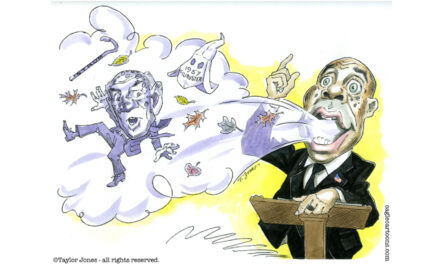
States Cancel Plans to Build Hospitals as Curve Flattens
States are cancelling plans to build additional hospitals as the number of COVID-19 cases falls sort of experts’ predictions.
“At this point, our hospitals should have enough capacity to support a surge in patients,” says Washington Governor Jay Inslee, whose state recently packed up a field hospital constructed at the start of the crisis.
New York and Michigan cancelled plans to build additional hospitals as officials adjusted predictions for bed use.
Last month, the Institute for Health Metrics and Evaluation (IHME) predicted the US would be using up to 225,000 hospital beds for COVID-19 patients right now. A week ago, the IHME adjusted that prediction to 140,000 beds. Today, we are using no more than 60,000 beds for COVID-19 patients.
An emergency hospital constructed inside New York’s Javits Convention Center is using about one third of its 2,500 beds. Roughly 70 of 500 beds aboard the US Navy Comfort – a hospital ship deployed to Manhattan – are in use.
“The pandemic response is clearly not over, nor has the risk to the city healthcare system passed,” notes Lt. Col. Richard Goldenberg, a member of the New York Army National Guard. “And the capacity at the Javits NY medical Station provides the safeguards and relief for those city hospitals.”
Other factors affecting bed availability include the cancellation of elective surgeries and a sharp decrease in accidents.
“Over time, what we started to see was because of everyone staying at home, car accidents were down [and] other injuries were down,” says David Norquist, Deputy Secretary of Defense. “The demand for a trauma center was lower so we reconfigured the Javits – spread the beds out [and] made them available.”
The US Navy Mercy, which is parked near Los Angeles, is using just 20 of its 1,000 beds. Hospitals in New Jersey and Louisiana report having enough beds, ventilators, and PPE on hand for another surge.
“We’re likely to see a plateau rather than a peak,” says Dr. Jason Smith, chief medical officer of University of Louisville Hospital, meaning cases will appear steadily rather than in sudden jumps. U of L is currently using about 62 of its 170 ventilators.
“When we started all these exercises [for COVID-19], we didn’t know really what we’d see. Now that we’ve got a few weeks of data…we’ve got a lot of capacity. I’m confident now with where we’re at.”
Moving forward, military officials are identifying which cities will need extra healthcare workers and field clinics to cope with the expected surge at the end of the month.



























Larry, you write like you think Democrat thoughts after them. The facts are you cannot possibly converse in Democrat Speak.…
Popularity polls as of April 7 show mid 40% approval for Trumps handily of the economy in the U.S. due…
Seth, do you reslly judge a man a dumbass because of political views? Unglued? Where? Trump said there are methods…
It’s not gonna happen. Trump is making the idiot democrats go bat shit crazy. I love it when dumbasses like…
Booker is just another AHOLE Dem. that has no idea what he is doing or maybe he is like some…